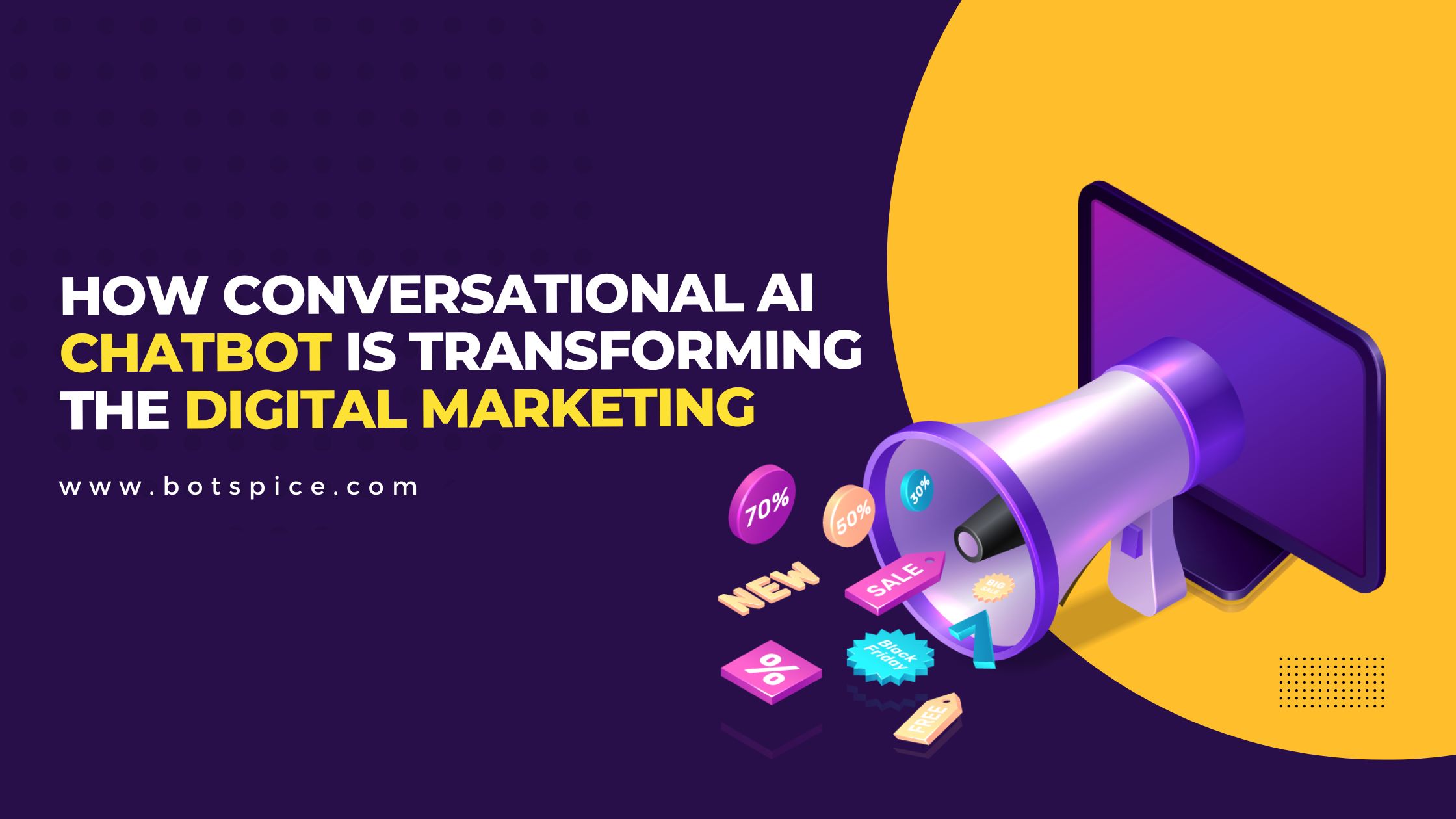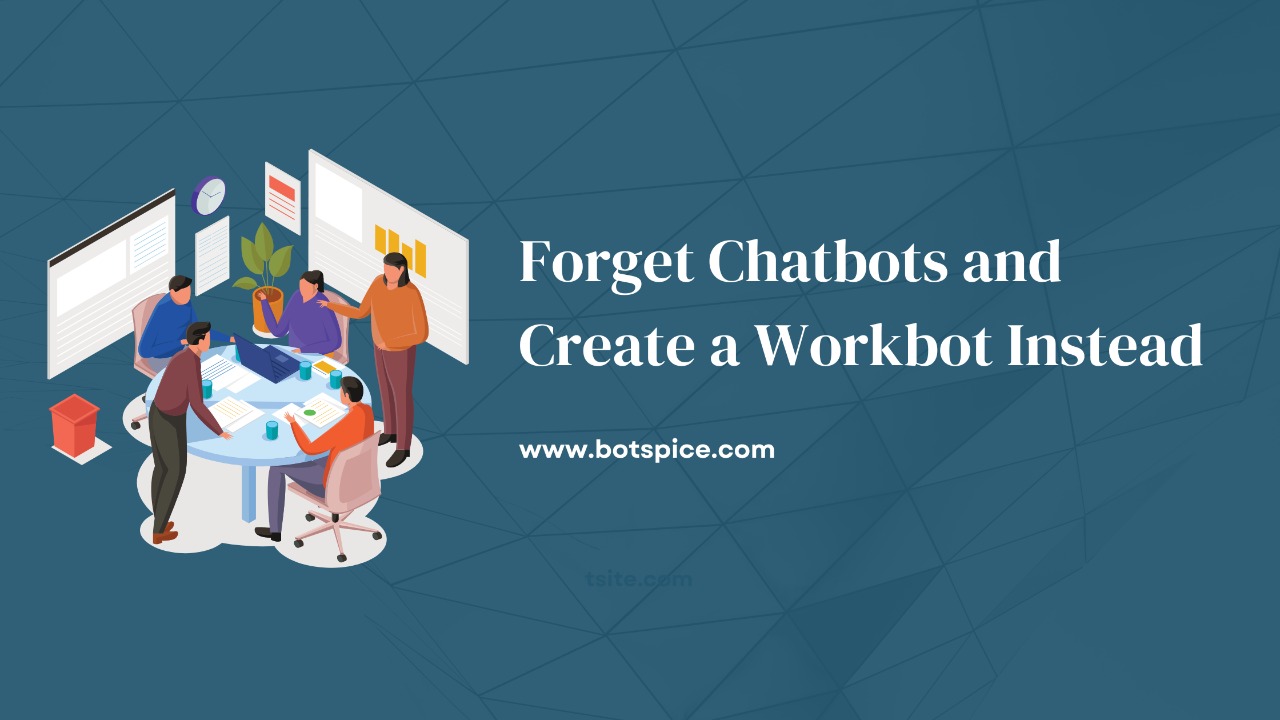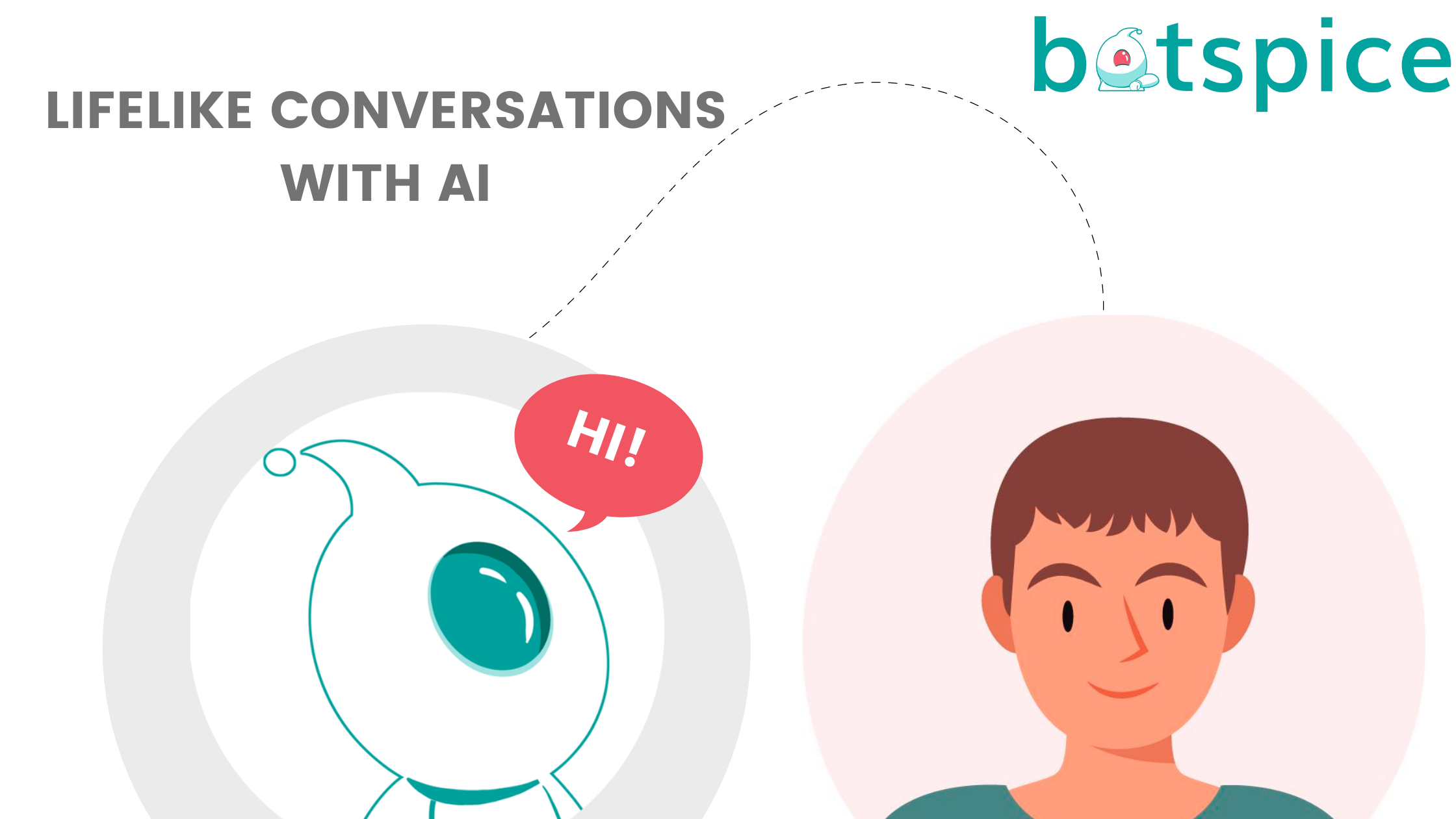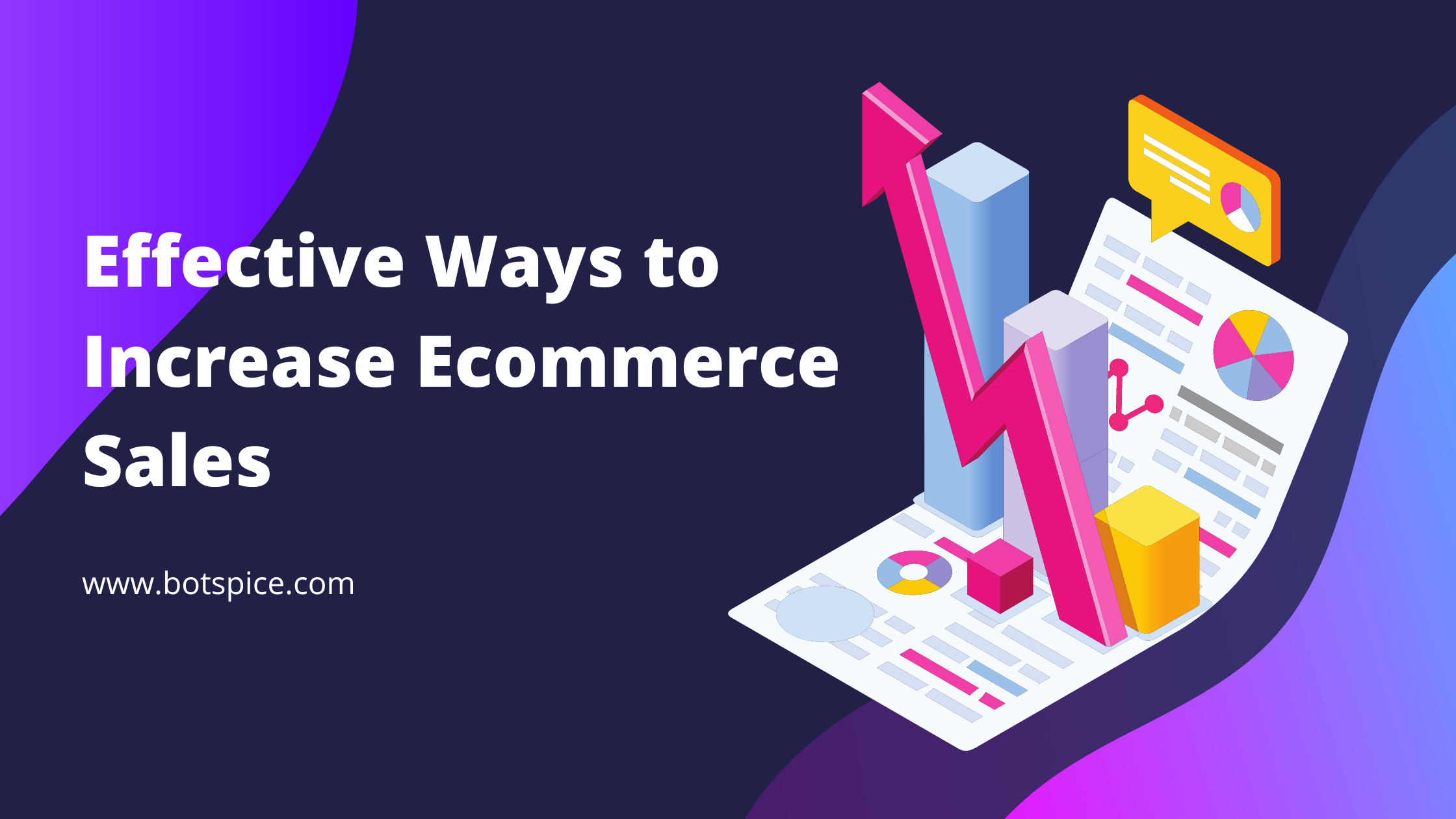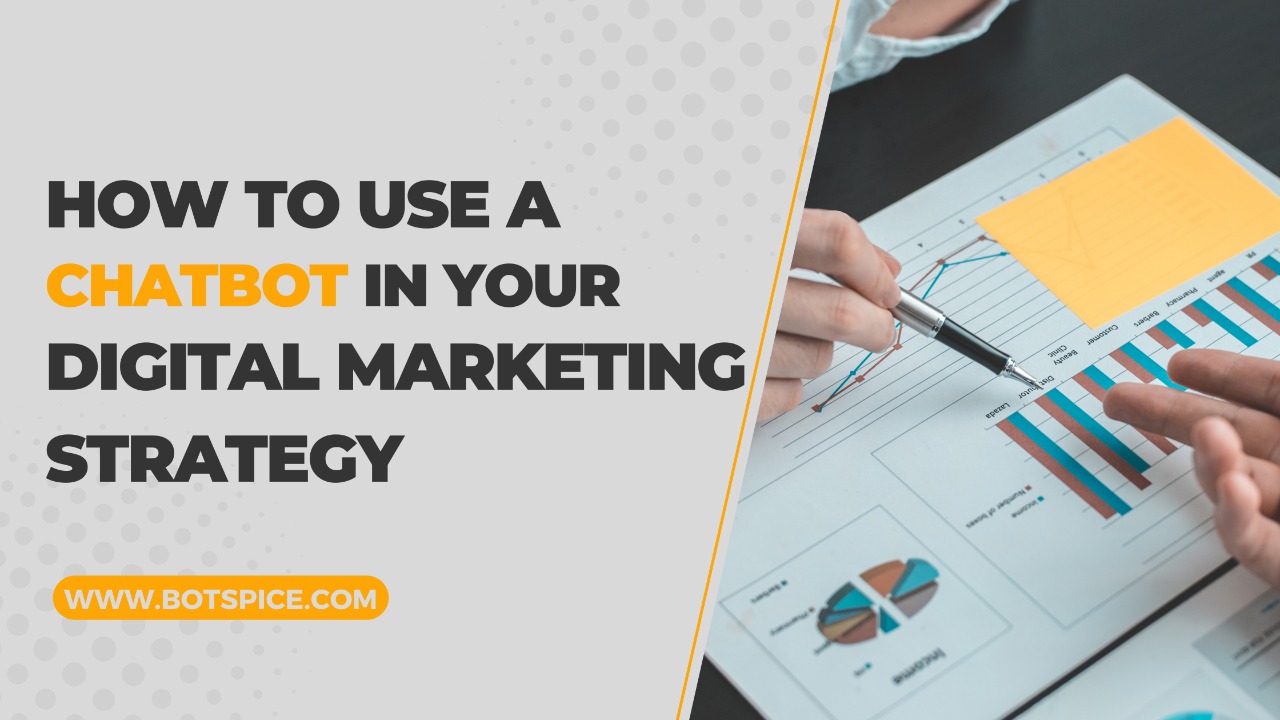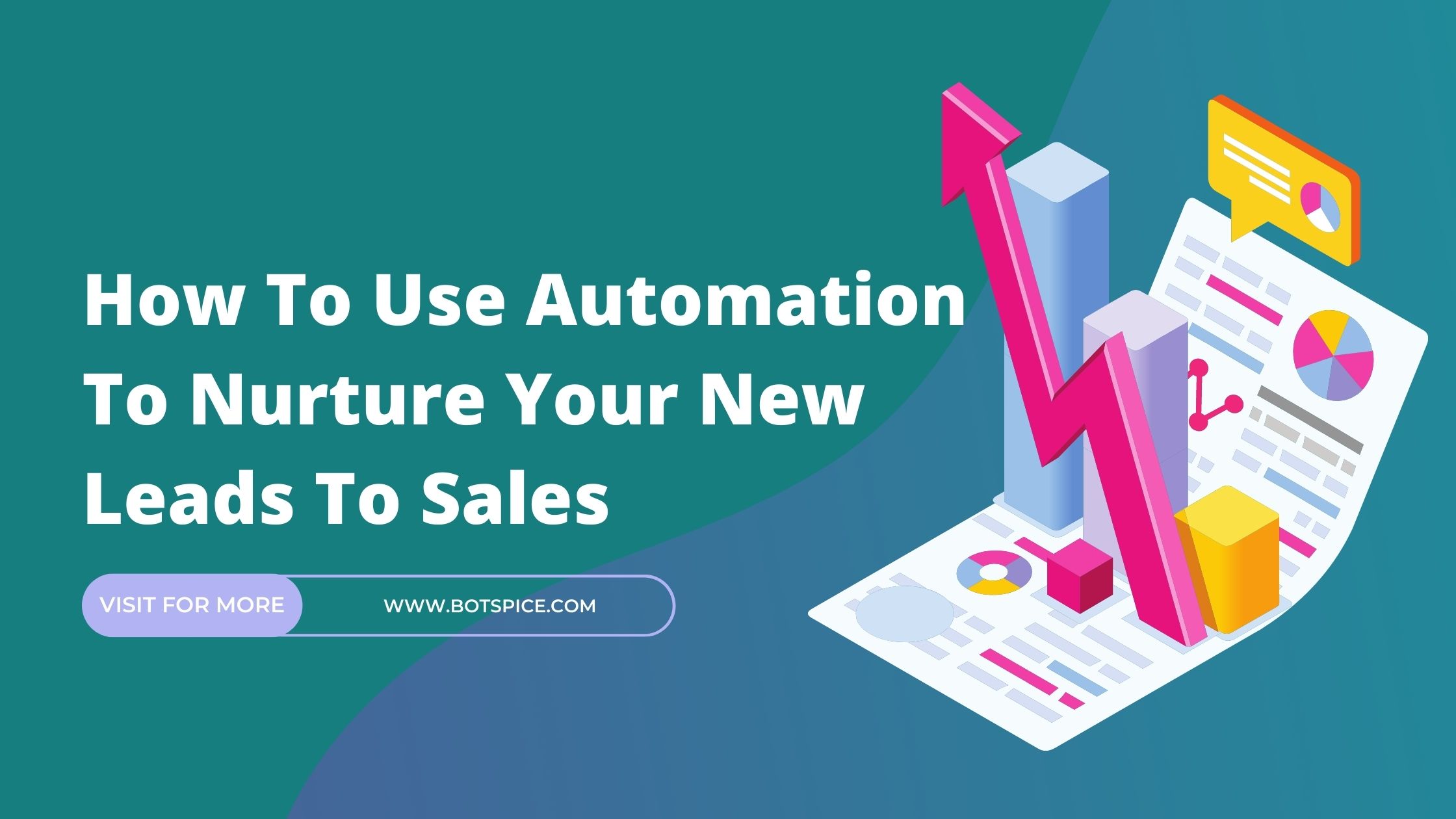Chatbots are essentially present in today’s reality, and we have all interacted with them at some or other point in our digital lives. It’s for all to observe how these work apps have come a long way from conventional chatbots that had restricted abilities and could only answer very simple questions to their advanced incarnations. Today conversational AI-based chatbots are transforming the world of digital marketing like never before. To up the ante, specialists have managed to create chatbots that make you feel like you are conversing with a real person, and not a machine.
As now the world has gradually shifted online, brands are becoming increasingly sensitive to the need of treating customers with detailed attention during sales service. Hence, with the majority of customers interacting with businesses via online platforms, conversational marketing has made the customer experience much smoother. Conversational AI-based chatbots leverage the power of Artificial Intelligence (AI) and Machine Learning (ML) to mimic natural human behavior and conversation patterns. Conversational chatbots are not only safe, reliable, and accurate but can also interact with customers around the clock. They greatly reduce the cost of optimization too. So, you can focus your manpower on other important tasks at hand.
In the digital marketing segment, conversational AI is able to understand what a customer wants, and you can accordingly push out promotional content and marketing campaigns. In addition to that, customers are easily able to access information about a particular product, make a purchase, and avail of services. Another great use of conversational AI in digital marketing is the use of voice assistants like Siri and Alexa. To understand this further, here are a few ways in which conversational AI is transforming the digital marketing scenario:
1. Performing simple tasks
Conversational AI chatbots can assist your company’s sales team in performing simple tasks like giving primary information related to a product or service. For example, you can ask, “where has my order reached?”, or “Is this shoe available in size 38?” Or “Can I book my flight tickets for 26th January?”, etc. Earlier, answering these basic questions took up a major chunk of the sales team’s time and efforts. But no longer. Now, not only can conversational AI chatbots answer simple questions but they can also perform tasks like booking a hotel room, booking a flight, transferring money from one account to another, showing directions, etc.
In addition to that, conversational AI chatbots can be integrated into multiple social media platforms like Facebook, WhatsApp, Instagram, Twitter, etc. This creates an omnichannel presence for conversational AI. Wondering what an omnichannel presence is? It simply means that users can now start a conversation on one channel and get customer support service experience across all channels.
Now you can conveniently integrate and manage a single omnichannel chatbot across all devices and communication channels. Once you do this, you can reach your target audience wherever they are, centralize the data provided by customers across various channels and create a smooth buying experience.
2. Collecting customer information
Conversational AI-like chatbots prove exceptional in handling the initial steps of the marketing process. One of the best examples is gathering customer information. Customer information like name, age, email address, kind of products they are looking for, websites they are engaging the most in, etc can simplify marketing strategies. Once you have this basic information, you can plan promotional stuff and even personalize them. This works wonders when trying to impress a client with your products.
Another benefit of collecting customer information is enjoying a solid database of customers. Wondering how you can leverage this data? From mailers, direct messages, in-app advertisements, push notifications, and chatbot pop-ups across multiple platforms, you can grab your customer’s attention and accordingly boost customer conversion.
3. Customer analysis
Once AI has gathered basic customer information, it can further probe into customer behavior and analyze them. A deeper analysis of customer behavior can tell you so much about their search patterns, browsing habits, key data points, purchasing habits, etc. This can help your digital marketing strategy by allowing you to be better prepared to answer queries, create a stock of products that are in demand, and send promotions and deals accordingly.
An advanced form of conversational AI is also capable of holding a human-like conversation with customers. And with the available data of customer preference, the conversational AI can easily adopt the regional language and informal style of speaking which appeals to a greater number of customers. This directly facilitates your conversion funnel.
4. Customer engagement
Conversational AI chatbots have astonishing capabilities. From being present 24*7 to being present across multiple channels and conversing with many different customers in real-time, they can do it all. Studies have shown that a real-time conversation is more likely to convert into a sale because customers feel heard and valued. With the world moving at a quick pace, customers love instant gratification. The quicker their queries are resolved, the faster they are to make a purchase.
Also, humans have limited capabilities when it comes to customer engagement. They can only engage one customer at one point of time whereas a conversational AI can engage across multiple channels and customers.
5. Generating leads
Remember the conventional methods of lead search and analysis? Not only was it tedious but quite time-consuming too. But with conversational AI chatbots, now you can also generate leads and even analyze them to match your business objective. Conversational AI chatbots scan through huge chunks of data and analyses customer behavior. It can then accordingly help you find ideal customers. For example, in an HR company, a conversational AI can scan through thousands of applications and select the most eligible candidates for you. In some cases, they can even be programmed to hold the initial interview round and shortlist them further.
6. Creating marketing strategies
The end result of all the data gathering profile scanning and behavior analysis is to create niche marketing strategies that will help get you more conversions. Marketing strategies are of different kinds. From mailers, and messaging to social media marketing, you can prepare different strategies accordingly.
Email marketing campaigns include mailers that are sent out to only a specific group of people (customers who have already shown interest in your website or product). For example, if you have tried a fun quiz on a website or are interested in knowing the answer to a survey you have taken, you are prompted for your email address. Once the business has your email address, they can send you promotional content via mail.
The next strategy is direct messaging like on platforms such as WhatsApp messenger where you can directly chat with a customer and share deals and promotional content. Another great way is to leverage social media platforms. Conversational AI helps scale the social media efforts of a business by answering customer queries, and sending personalized content, deals and promotions. Conversational AI allows a business to have an active social media presence without actually being present.
7. Update customers about new products and offers
Conventional marketing strategies were extremely labor intensive and they could only reach out to a handful of customers, missing out on potential ones. But a modern approach that makes use of conversational AI is a great way to update customers about new products and offers. Using various channels like social media platforms, messengers, and mailers as mentioned above, you can now inform your customers about any upcoming sales, special deals, flash sales, and offers that will interest your customers.
8. Take customer feedback
Last but not least is taking customer feedback. By now you must have already guessed that conversational AI is a two-way platform. That means, businesses can now actually collect data and customer feedback and work on them to provide a happy shopping experience to customers. Feedback can be forms or ratings from 1-10 or any other way that fits your business model the best.
Any business, small or big can reap the benefits of conversational AI to transform their digital marketing strategies and truly grow. Not to mention the huge cost saving you can do by integrating a simple software solution. But if you think that by implementing conversational AI, you are replacing human employees, then you have nothing to worry about as a conversational AI will only take over the initial simpler tasks where wasting human energy isn’t really required. Once that is done, humans can take over the next steps of a sales funnel which is more complex. With conversational AI now readily available to every business, it will soon become an integral part of their marketing strategy too. These days third-party agencies like BotSpice offer you a great platform to create and personalize a conversational AI chatbot according to your business model. If you are really on the lookout to grow your customer base while meeting their demands, AI is the way to go.

